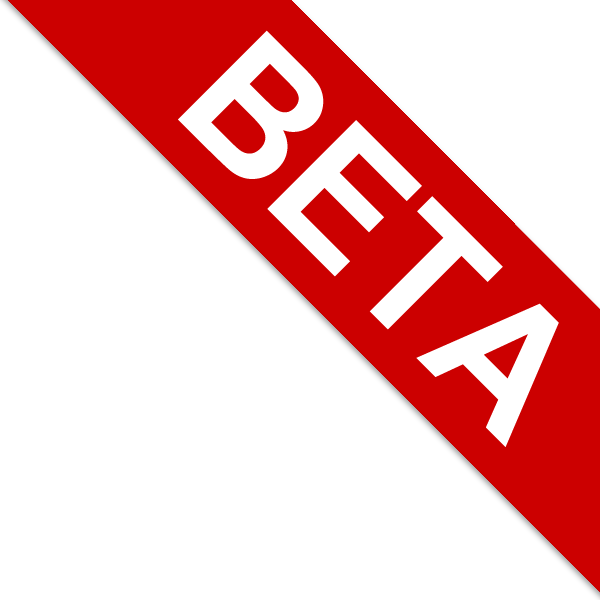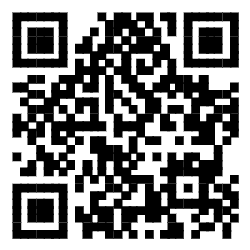POs, PEOs and PSOs - Computer Engineering
POs, PEOs and PSOs - Computer Engineering
Course / Program: B.E. Computer Engineering
Learning Outcomes are the statements that describes significant and essential learning that learners have achieved, and can reliably demonstrate at the end of course or program. Program Outcomes identify what the learner will know and be able to do by the end of the course or program- the essential and enduring knowledge, abilities(skill), attitude that constitute the integrated learning needed by graduate of the course or program.
The learning outcomes approach to education means basing program and curriculum design, content and delivery, and assessment on an analysis of the integrated knowledge skills and values needed by both student and society. In this outcome based approach to education, the ability to demonstrate learning is key point.
Learning outcomes are statements that specify what learner will know or be able to do as result of learning activity i.e. the outcome that student must meet on the way to attaining particular degree.
(1) Program Outcomes (PO)
| S.No. |
Program Outcomes (PO) |
Statements |
| 1 |
PO1 |
Engineering Knowledge:
To apply knowledge of mathematics, science, engineering fundamentals, problem solving skills, algorithmic analysis to solve complex engineering problems. |
| 2 |
PO2 |
Problem analysis:
To analyze the problem by finding its domain and applying domain specific skills. |
| 3 |
PO3 |
Design/development of solutions:
To understand the design issues of the product/software and develop effective solutions with appropriate consideration of public health and safety, cultural, societal, and environmental issues. |
| 4 |
PO4 |
Conduct investigations of complex problems:
To find solutions of complex problems by conducting investigations applying suitable techniques. |
| 5 |
PO5 |
Modern tool usage:
To adapt the usage of modern tools and recent software. |
| 6 |
PO6 |
The engineer and society:
To contribute towards the society by understanding the impact of Engineering on global aspect. |
| 7 |
PO7 |
Environment and sustainability:
To understand environment issues and design a sustainable system. |
| 8 |
PO8 |
Ethics:
To understand and follow professional ethics. |
| 9 |
PO9 |
Individual and team work:
To function effectively as an individual and as member or leader in diverse teams and interdisciplinary settings. |
| 10 |
PO10 |
Communication:
To demonstrate effective communication at various levels. |
| 11 |
PO11 |
Project Management and finance:
To apply the knowledge of Computer Engineering for development of projects, and its finance and management. |
| 12 |
PO12 |
Life-Long Learning:
To keep in touch with current technologies and inculcate the practices of lifelong learning. |
(2) Program Educational Outcomes (PEO)
| S.No. |
Program Educational Outcomes (PEO) |
Statements |
| 1 |
PEO1 |
To prepare globally competent graduates having strong fundamentals, domain knowledge, updated with modern technology to provide the effective solutions for engineering problems. |
| 2 |
PEO2 |
To prepare the graduates to work as a committed professional with strong professional ethics and values, sense of responsibilities, understanding of legal, safety, health, societal, cultural, and environmental issues. |
| 3 |
PEO3 |
To prepare committed and motivated graduates with research attitude, lifelong learning, investigative approach, and multidisciplinary thinking. |
| 4 |
PEO4 |
To prepare the graduates with strong managerial and communication skills to work effectively as individual as well as in teams. |
(3) Program Specific Outcomes (PSO)
| S.No. |
Program Specific Outcomes (PO) |
Statements |
| 1 |
PSO1 |
Professional Skills-The ability to understand, analyze and develop computer programs in the areas related to algorithms, system software, multimedia, web design, big data analytics, and networking for efficient design of computer-based systems of varying. |
| 2 |
PSO2 |
Problem-Solving Skills- The ability to apply standard practices and strategies in software project development using open-ended programming environments to deliver a quality product for business success |
| 3 |
PSO3 |
Successful Career and Entrepreneurship- The ability to employ modern computer languages, Environments, and platforms in creating innovative career paths to be an entrepreneur, and a zest for higher studies |





















